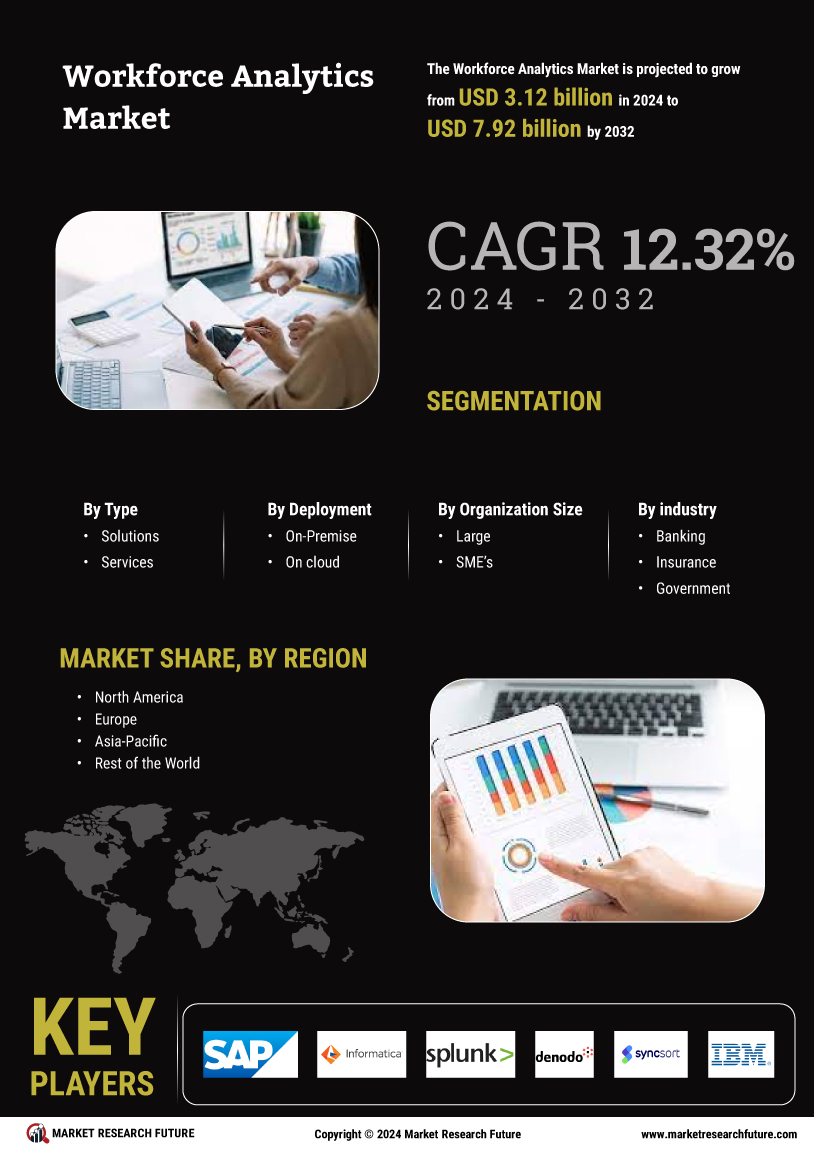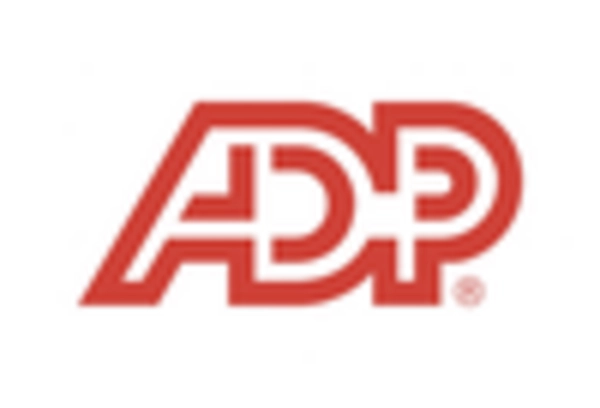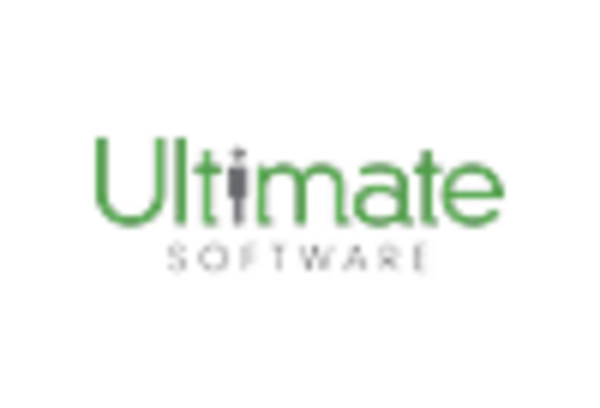Leading market players are investing heavily in research and development to expand their product lines, which will help the workforce analytics market grow even more. Market participants are also undertaking various strategic activities to expand their global footprint, with important market developments including new product launches, contractual agreements, mergers and acquisitions, higher investments, and collaboration with other organizations. The workforce analytics industry must offer cost-effective items to expand and survive in a more competitive and rising market climate.
Manufacturing locally to minimize operational costs is one of the key business tactics manufacturers use in the global workforce analytics industry to benefit clients and increase the market sector. In recent years, the workforce analytics industry has offered some of the most significant advantages to medicine. Major players in the workforce analytics market, including ADP LLC (U.S.), Aquire Inc (U.S.), Cornerstone OnDemand Inc (U.S.), Genpact Ltd (Bermuda), IBM Corporation (U.S.) Kronos Inc (U.S.), Oracle Corporation (U.S.), PeopleSreme Pty.
Ltd (Australia), SAP SE (Germany), Tableau Software (U.S.), Tower Watson & Co (U.S.), Visier Inc (Canada), and others are attempting to increase market demand by investing in research and development operations.
Oracle Corporation (U.S.), The headquarters of the American multinational computer technology company Oracle Corporation are in Austin, Texas. According to revenue and market capitalization, Oracle was the third-largest software company in the world in 2020. The company sells enterprise software products like enterprise resource planning (ERP) software, human capital management (HCM) software, customer relationship management (CRM) software (also known as customer experience), enterprise performance management (EPM) software, and supply chain management (SCM) software, as well as database software and technology (particularly under its own brands).
SAP SE (Germany), We are redefining ERP and building networks of intelligent enterprises that provide transparency, resiliency, and sustainability across supply chains to help businesses of all sizes and industries run better. We are the market leader in enterprise application software. Our customers can operate profitably, continuously adapt, and make a difference globally thanks to our comprehensive suite of applications and services. One of the world's top software developers for business process management, SAP creates products that streamline efficient data processing and information exchange between organizations. virtual reality experience.
Enterprise resource planning (ERP) software has a global standard that SAP established with the release of its original SAP R/2 and SAP R/3 products. By processing massive amounts of data in memory and supporting cutting-edge technologies like artificial intelligence (AI) and machine learning, SAP S/4HANA now elevates ERP to a new level.

















Leave a Comment